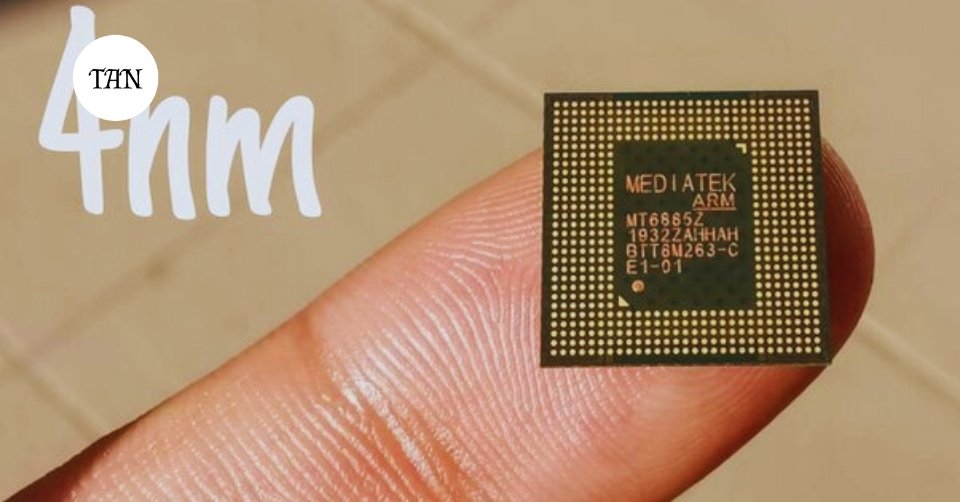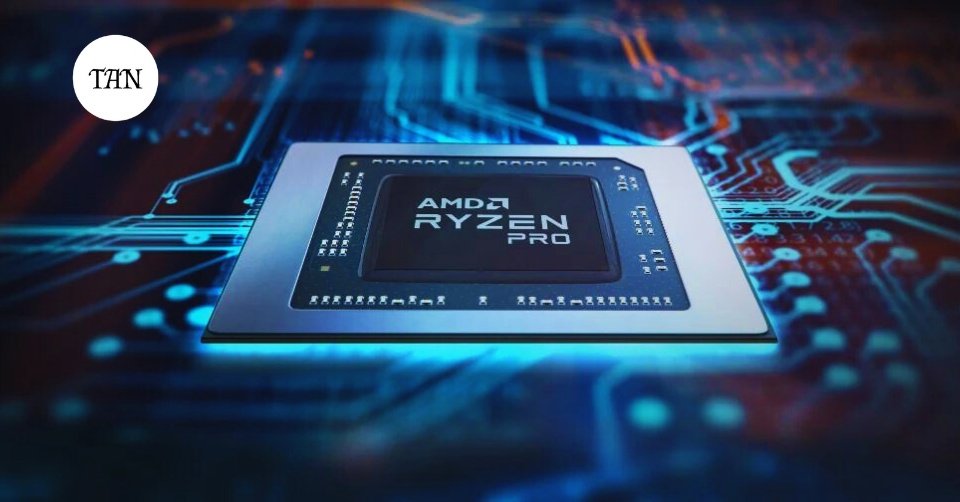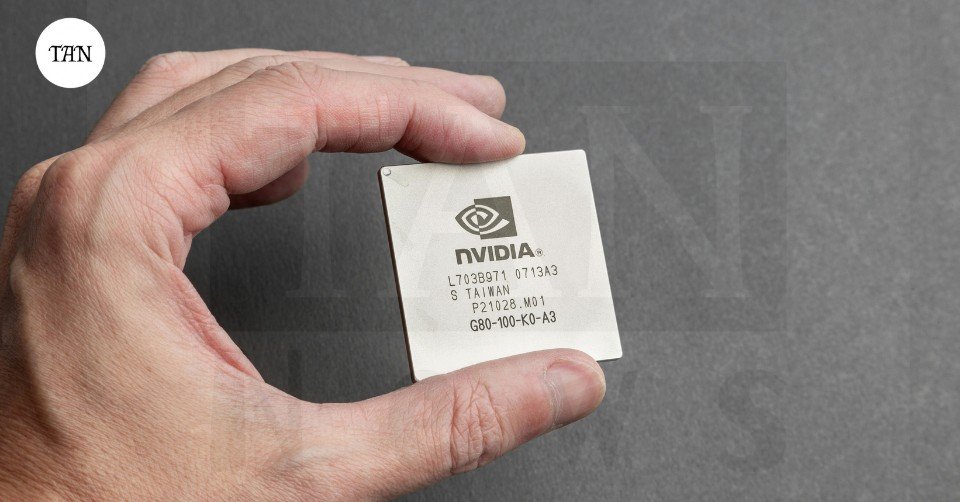The sector under discussion is undergoing development permanently, and crucial market participants like AMD and Nvidia never cease to surprise. At the heart of this narrative is Taiwan Semiconductor Manufacturing Company (TSMC), which is now a giant in chip making. When AMD announces its new Zen 5 Ryzen 9000 series and new Ryzen AI 300 series, TSMC’s technological processes of production lie at the backbone of the releasing these technologies to the market.
Table of Contents
TSMC Advanced Manufacturing Processes

TSMC has remained ahead in the provision of semiconductor manufacturing processes to produce enhanced circuits in chips. It is built on Zen 5 which is the backbone for this Ryzen 9000 series and is fabricated with Taiwan Semiconductor Manufacturing’s 4nm process. Thus, it stands as an evolution over the 5nm process of the last generation of the nodes was the creation of increasing the transistor density, as well as the boosting of the performance-to-power ratio.
The Importance of the 4nm Process

The ‘Technology, System, Manufacturing’ transition to 4nm process at TSMC is indeed a critical step for AMD. This advanced node allows major improvement of the performance and efficient factor that is primary important for keeping the competitiveness at the supercomputer market. The 4nm process delivers up 15 % performance uplift and 30 % or more power saving compare to 5nm Technology that in turn help AMD to produce processor for gamers, creative application and AI faculty.
AMD’s Zen 5 Ryzen 9000 Series
The new Ryzen 9000 series based upon the Zen 5 architecture is one of the first that illustrate the benefits of TSMC’s 4nm process. Of course, the leading-edge Ryzen 9 9950X model has 16 cores and 32 threads with the maximum clock rate of 5. 7 GHz. These processors also indicate the future 16% of the IPC while also coming with improvements on power consumption, and general performance.
Performance and Efficiency Gains
Several features pointing at the application of TSMC’s 4nm process technology have been seen in the output of the Ryzen 9000 series. It is thus conserving power in a better way, with the Ryzen 9 9950X having a lower thermal design power or TDP than the previous chips. This helps in performing better in the multi-thread consumption and also helps in the better handling of heat, which can prove effective for keeping the systems in their required high working condition.
AI-Powered Ryzen AI 300 Series
On the subcategory of Zen 5 desktop processors, AMD has presented the Ryzen AI 300 series with complex AI included. These processors are also manufactured using the leading technological facilities of TSMC, and their primary purpose is to provide powerful AI perfromance on a portable platform. Due to these chips adopting AMD’s XDNA 2 architecture, these chips can deliver up to 50 TOPS AI capacity and places AMD in good standing in the ever-growing AI segment.
TSMC’s Contribution to AI Advancements
TSMC has a significant role in the manufacturing of Ryzen AI 300 series because without it the process would not be possible. Such strategies such as advanced fabrication processes used by TSMC facilitates integration of AI into these processors. Unlike previous processes that can only integrate processors densely, 4nm is optimized to let these AI processors work, which makes them applicable in various AI segments starting from consumer electronics to business systems.
Broader Impact on the Semiconductor Industry
In fact, the appliance of the semiconductor manufacturing technology of TSMC goes beyond AMD and touches nearly all its product portfolios. Due to the company’s great capacity to provide best fabrication process, most technologies in the field can be delivered frequently and improved. TSMC is involved in the development of many forms of advanced technology including in higher computing, mobile, and AI technologies.
Competitive Edge in the Market
TSMC’s superior manufacturing capacity can be seen when compared to companies like AMD or nVidia, where the company outsourcing its manufacturing has the competitive upper hand. Referring to the ALEXA News article,analysing Nvidia’s Return on Equity one must notice that the chip giant’s outstanding market results stem mostly from TSMC’s technological edge. Such chips outturn is also one of the major factors that explains the dominance of these semiconductor giants in the market.
TSMC and AMD’s Future Prospects
In future, one can easily anticipate that the association of TSMC and AMD will produce more developments in application of semiconductors. TSMC current work onprogressing not only to the 3nm and other concerns acts as the key to the next generation of the high-end processors. Thus, the further use of the highly advanced fabrication facilities available with TSMC will be critical for AMD to sustain the competitive advantage and keep on launching new products and services.’
For more information about TSMC and its role in the semiconductor industry, visit TSMC’s official website.




